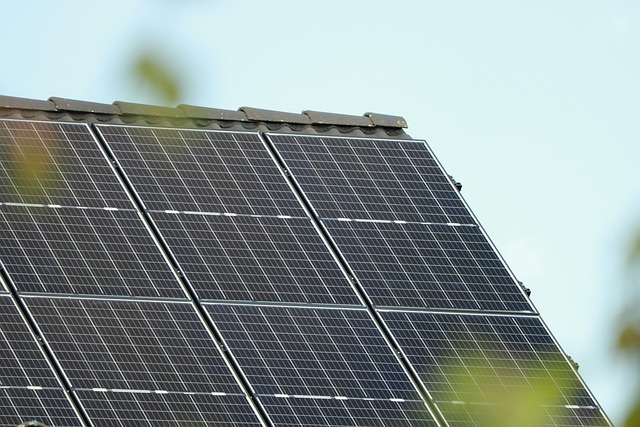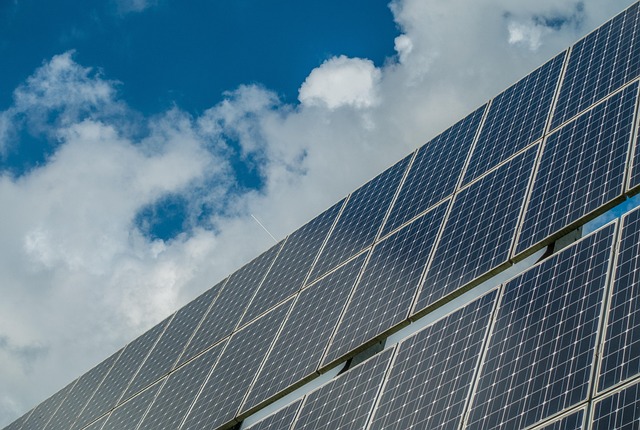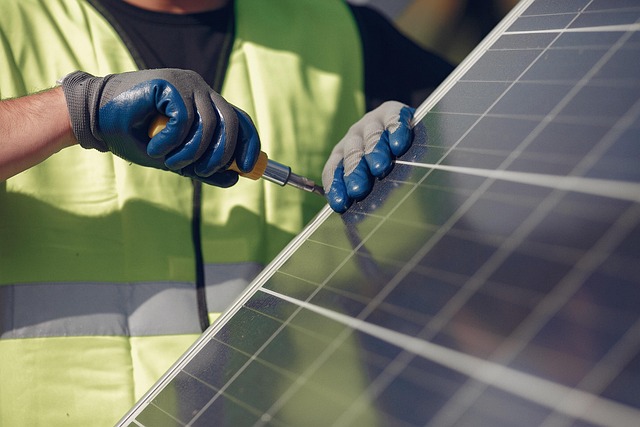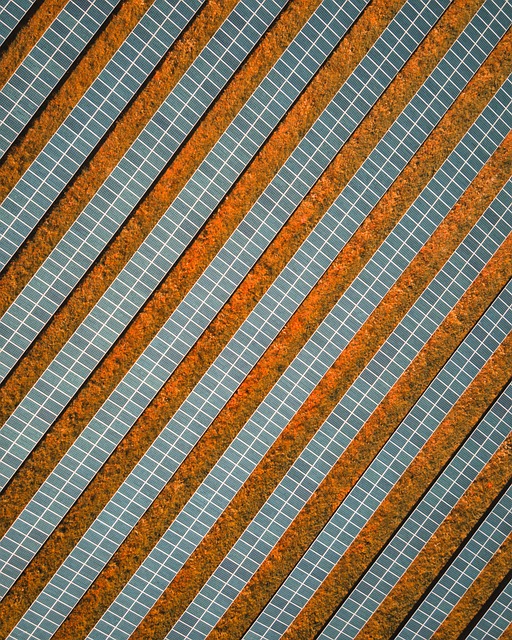Real estate professionals can optimize energy consumption through strategic steps like analyzing usage patterns, upgrading appliances, and implementing efficient lighting solutions (LEDs) and HVAC systems. These measures slash electricity expenses, reduce carbon footprints, enhance property value, and promote sustainable living, making them key strategies for both homeowners and investors.
In today’s economic climate, reducing electricity expenses is a top priority for real estate owners and managers. This article explores practical strategies to achieve long-term cost savings in real estate properties. By assessing energy consumption patterns, implementing efficient lighting solutions, and optimizing heating and cooling systems, you can significantly cut utility bills. These measures not only benefit your bottom line but also contribute to a more sustainable future for your property and the broader community.
Assess Energy Consumption Patterns in Real Estate
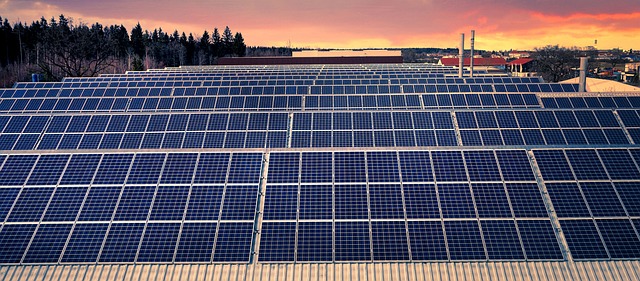
In the realm of real estate, understanding energy consumption patterns is a game-changer for reducing electricity expenses in the long term. As vibrant and bustling metropolises continue to grow, navigating energy efficiency becomes increasingly vital. Property owners and managers should take a dive into analyzing how much energy their buildings consume and identify areas where improvements can be made. This involves assessing usage trends, understanding peak demand times, and evaluating the performance of existing appliances and systems. By studying these patterns, professionals can pinpoint inefficiencies and make informed decisions to optimize energy use.
In terms of real estate, specific measures such as installing smart thermostats, upgrading insulation, and adopting energy-efficient lighting can significantly impact overall electricity costs. Moreover, regular maintenance checks and timely replacements of outdated equipment are crucial strategies. In the long run, these efforts not only reduce utility bills but also contribute to a more sustainable and environmentally friendly built environment.
Implement Efficient Lighting Solutions
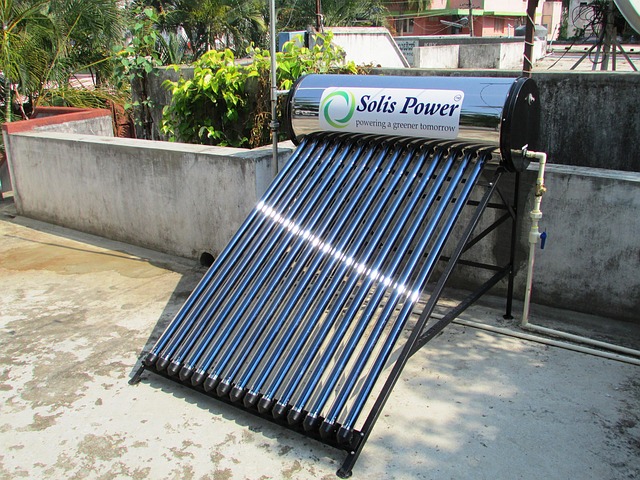
Implementing efficient lighting solutions is a strategic move for both homeowners and real estate investors looking to reduce electricity expenses in the long term. Modern LED technology offers significant energy savings compared to traditional incandescent bulbs, making it a game-changer in the pursuit of sustainable living. By adopting these innovative lights, you can enjoy brighter spaces while reducing your carbon footprint and utility bills.
In the context of real estate, efficient lighting is not just an environmental consideration; it’s a smart investment. LED bulbs have longer lifespans, which translates to fewer replacements and reduced maintenance costs over time. This makes them an attractive feature for potential buyers, further increasing the value of your property. Moreover, many utility companies offer incentives for switching to energy-efficient lighting, providing additional savings opportunities.
Optimize Heating and Cooling Systems for Cost Savings
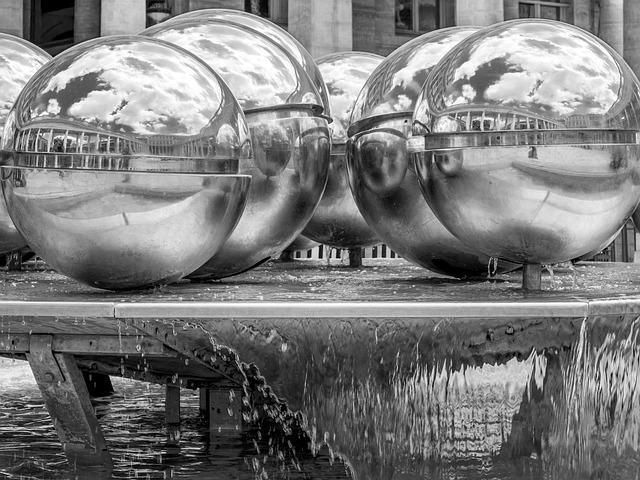
In the realm of real estate, optimizing heating and cooling systems stands out as a powerful strategy for reducing electricity expenses over the long term. Efficient HVAC (Heating, Ventilation, and Air Conditioning) systems play a pivotal role in curtailing energy consumption, thereby lowering utility bills and enhancing property value. By investing in modern, energy-efficient units and implementing smart controls, homeowners can enjoy comfortable indoor environments while significantly reducing their carbon footprint.
This strategy involves upgrading to high-performance furnaces or air conditioners, sealing gaps in ductwork to prevent energy loss, and installing programmable thermostats that allow for precise temperature control. Additionally, utilizing natural ventilation during milder weather conditions and maintaining regular system maintenance can further enhance the efficiency of these critical components, contributing to substantial long-term savings in electricity expenses.
